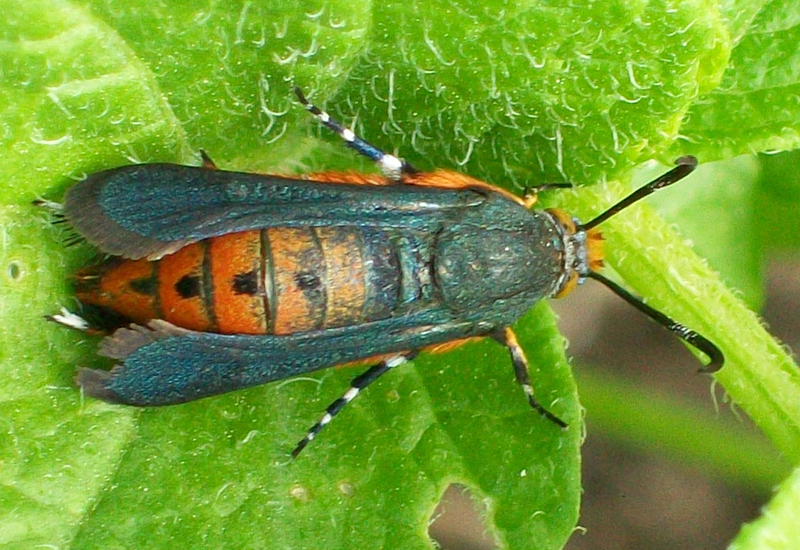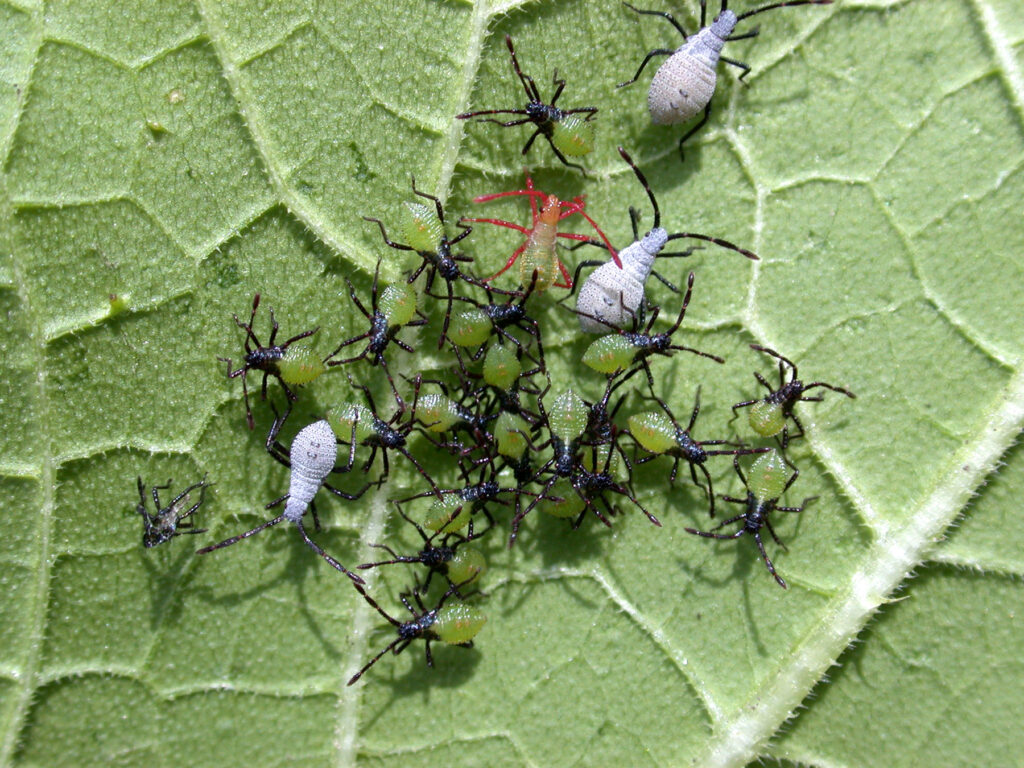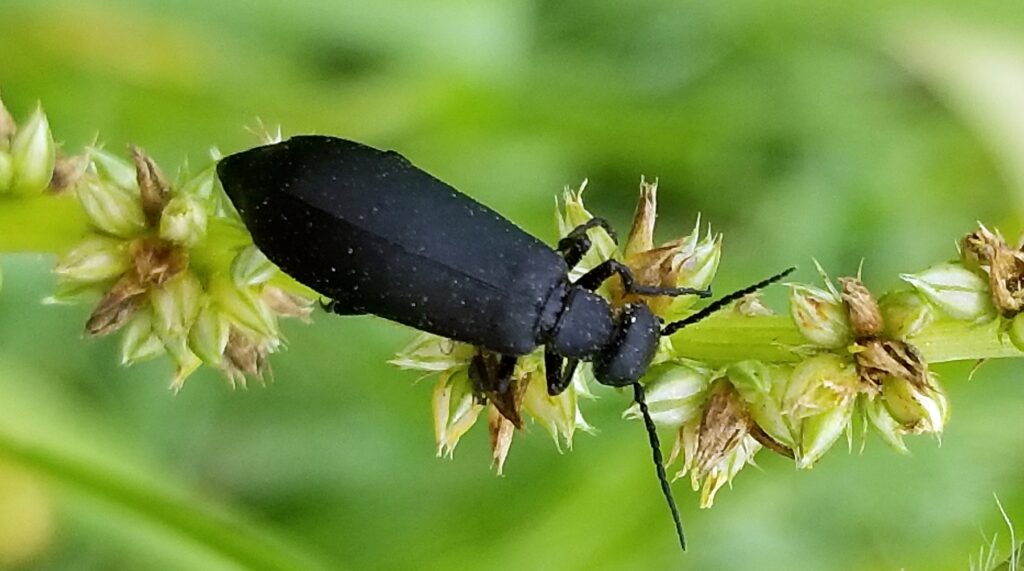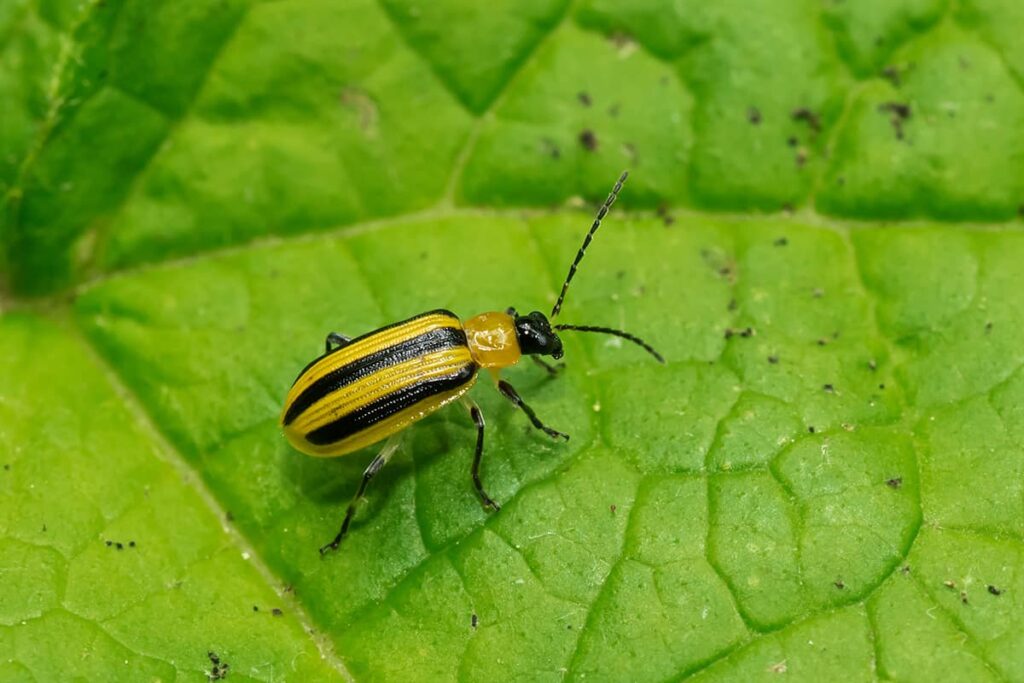Gardens are magical places where nature and human creativity come together. One of the most enchanting ways to enhance your outdoor space is by incorporating antiques into your garden landscape. These pieces bring a sense of history, charm, and uniqueness that modern items often lack. Let’s dive into how you can infuse your garden with timeless elegance using antiques.
Finding the Perfect Antiques

First things first, you need to find the right antiques. Start by exploring local salvage yards, antique shops, and estate sales. These places are treasure troves of unique items, each with a story and character. When you find something that resonates with you, imagine how it might look nestled among your plants and flowers.
Don’t forget about online marketplaces like eBay, Etsy, and specialized antique sites. You can find various garden-appropriate antiques, from vintage wrought iron gates to weathered statues. Just check seller ratings and reviews to ensure you’re getting the real deal.
Integrating Antiques into Your Garden
Now that you’ve found some treasures, it’s time to integrate them into your garden. Antiques make excellent focal points. Imagine a vintage sundial or an old stone bench becoming the centerpiece of your garden. Position these items where they can draw the eye and invite visitors to explore further.
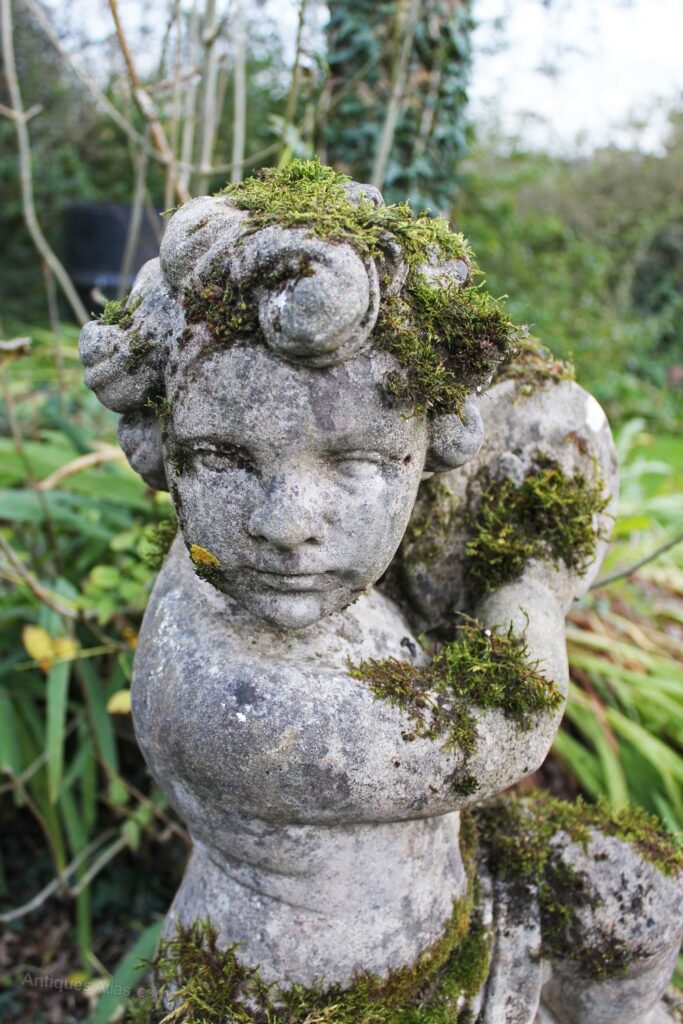
Pairing antiques with the right plants can create beautiful, harmonious scenes. Picture a rusted iron trellis intertwined with climbing roses or an ancient stone urn brimming with cascading ivy. These combinations can evoke a sense of timeless beauty.
Pathways and entrances are also great places for antique elements. Old cobblestones or bricks can form charming paths, while a vintage gate can serve as a welcoming entrance that hints at the delights within.
Practical Considerations
When it comes to practicalities, keep in mind that antiques, especially those made of metal or wood, can be susceptible to the elements. Treat wooden items with sealant to prevent rot, and apply rust-resistant paint to metal pieces to ensure they last.

Security is another consideration. Some antiques can be valuable and may attract unwanted attention. Make sure heavy items are securely placed, and consider discrete security measures for smaller, more portable pieces.
Personal Touches
Every antique has a story, and incorporating pieces that resonate with your personal history or passions can make your garden even more special. Perhaps an old farm tool reminds you of your grandparents’ garden, or a Victorian-era statue reflects your love for classic art. These stories add layers of meaning to your garden.

Don’t be afraid to mix different styles and eras. A 19th-century wrought iron bench can look stunning alongside modern sculptures and contemporary plants. The key is to balance and blend elements in a way that feels cohesive and natural.
Conclusion
Incorporating antiques into your garden landscape is more than just a design choice; it’s a way to create a space rich with history, charm, and personal significance. Whether you’re an avid antique collector or just starting, these timeless pieces can transform your garden into a living work of art. Embrace the beauty of the past and let it blossom in your garden today.


